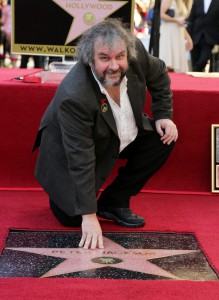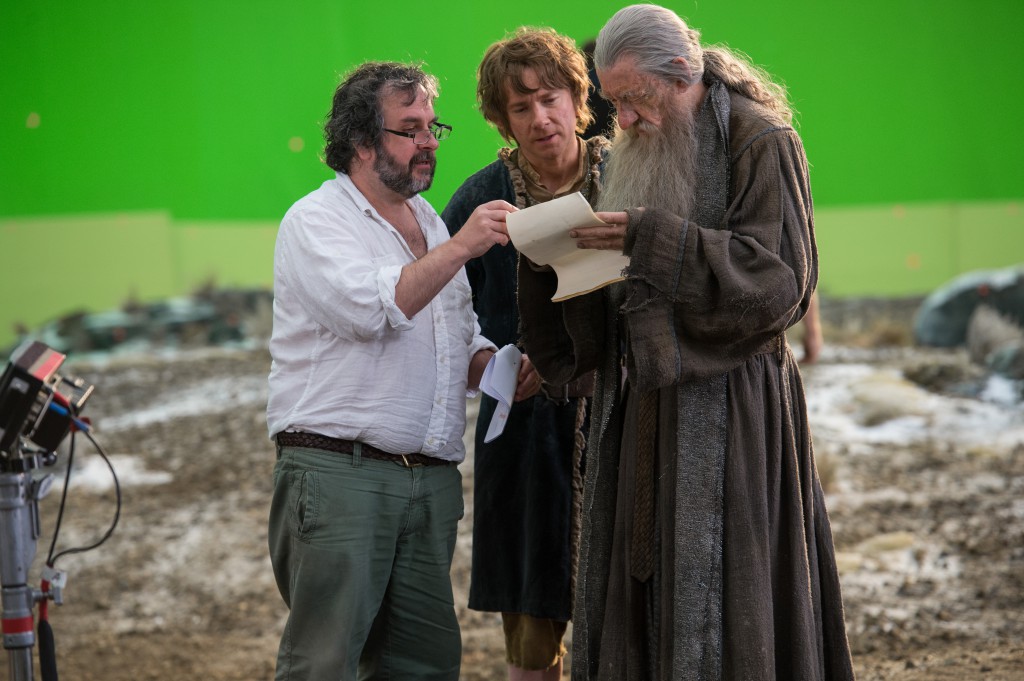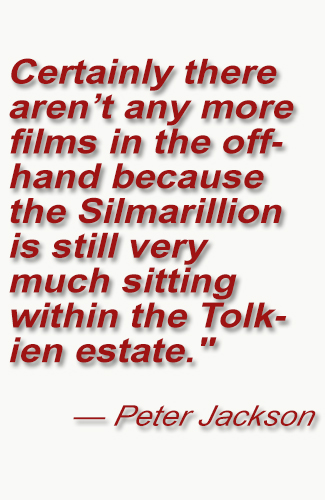MIRAMAR, New Zealand — The director’s tent.
Inside a sound stage, or outside on location, it is a constant and central fixture on a movie shoot. It is home base for Peter Jackson and his team.
It is sacred ground — more or less.
The decisions made inside it, by the team, under Jackson’s direction, are crucial to the project where it is determined what will later happen in front of the camera.
So every day, whatever happens to a set or a sound stage overnight, the tent is there set up and waiting for the core of the shooting unit.
Editor Jabez Olssen, Script Supervisor Victoria Sullivan and First Assistant Director Carolynne Cunningham call it home during the shoot. Cunningham is outside of the director’s tent a lot, Olssen and Sullivan less so and Producer Zane Weiner is always near. Jackson’s assistant Sebastian Meek is in and out at all times, bringing badly needed tea and watching the door from outside to eliminate distractions inside.
Jackson lives on tea and Meek has a talent for having it handy at the perfect moment.
In April, 2012, as a representative of fandom via TheOneRing.net, I was invited to be on set during five weeks of the filming of the Hobbit films. At the time, it was still scheduled to be two movies and the production had just settled in to shoot in studio instead of on location. Much was unknown then, that now is completely familiar to fans.
When I first arrived at Stone Street Studios, the publicity team took me to set, showed me the ropes and left me to my own devices during the rest of my stay to meet folks and get interviews, which was great — no time and no need for babysitting.
I was there to be a good guest and to observe. Two weeks later I was definitely convinced I had no chance of talking to Peter Jackson, except for an occasional, “Hello, how are you getting on?” from him during my time there.
Fans world-wide know from production diaries, how exhausted Jackson gets during the shooting phase of filmmaking. It is important to really understand why.
Peter Jackson is a busy guy. Particularly when he is shooting, there is a lot to do in a day and a lot of people that need to understand his vision in order to do their jobs well; he is the hub of the great spinning wheel.
 He is the director, a writer and a producer — each a big job on its own. Many films have one of each of those, or several of some, all working together. But Jackson was all of them at once and combining titles didn’t mean there was less work to be done. Just because he was reviewing shots didn’t mean the script didn’t need his touch or that the art department didn’t need his input or the next day’s schedule didn’t need approval. Others were partners on all of these roles but they also required Jackson.
He is the director, a writer and a producer — each a big job on its own. Many films have one of each of those, or several of some, all working together. But Jackson was all of them at once and combining titles didn’t mean there was less work to be done. Just because he was reviewing shots didn’t mean the script didn’t need his touch or that the art department didn’t need his input or the next day’s schedule didn’t need approval. Others were partners on all of these roles but they also required Jackson.
In a day he might need to meet with the effects supervisor, set designers, concept designers, costume designers, the composer or see actual costumes for approval, or changes, to name just a few of the many things that require his time. He will confirm the schedule with his Assistant Director, producers and spend time with the Second Unit Director Andy Serkis, to make sure all is to his liking. They need sets built, greens grown, existing sets decorated, concept guys working ahead, materials guys building everything, maximizing actors’ time, feeding all of those people, screening extras, bringing in the right number of prosthetic artists for the day’s schedule of actors and extras and on and on. In short, there is never a shortage of people who need Jackson’s input to work on his vision and it takes the logistics of — dare I say — planning a battle with five armies.
In short, everything goes through Peter Jackson.
Those are the reasons “The Hobbit: The Desolation of Smaug,” and his other Hobbit movies are genuinely Peter Jackson movies. It also means he is booked.
Solid.
THE FINAL HOURS
And so it was, the last day of my time on The Hobbit set, after several assurances that my interview with Peter Jackson would happen — it did.
Lunch happened and on the location set of Dale, up on a hill overlooking Evans Bay to Wellington, I was invited to that nearly sacred director’s tent to sit and talk with PJ — just the two of us alone. (One editor asked me if we ate together in the tent but I don’t think so, but why many memories are crystal clear of that meeting, anything we ate or didn’t eat isn’t clear. I just have no idea.)
I had been inside before, but not often. The day I shadowed him, I spent several hours, trying to melt into the background. This was his sanctuary and office.




